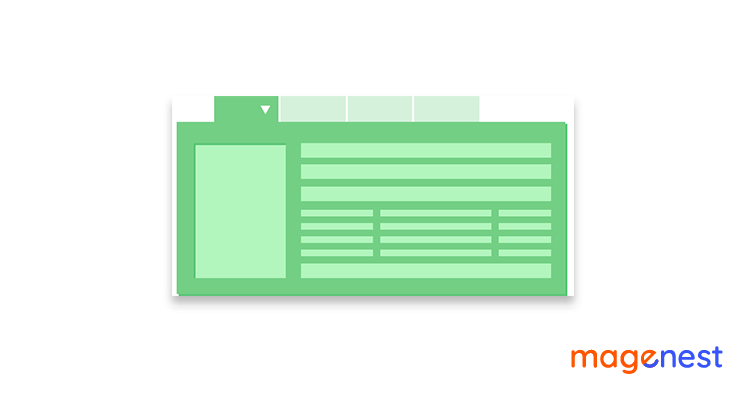Technical Guidelines
Instructions and advice for developers and store owners in installing, configuring and customizing eCommerce websites and Magento 2 extensions.
-
How to encrypt and decrypt data in Magento 2
Overview According to recent market surveys, about 12% of all online retail websites were developed on the Magento platform. As of October 2019, Builtwith.com's statistics, there are more than 250,000 e-commerce websites running on the platform. Even though Magento is a highly secure CMS compared to others, but still, it's still necessary to make sure that your Magento store is... (More) -
How to add custom fields to the Customer Registration page in Magento 2
By default, Magento 2 allows customers to create a new account with some required info such as email addresses and passwords. However, we can easily add some more custom fields to the registration page of Magento 2 to collect more customer data. 1. Customer Attributes Basically, customer attributes provide the information that is required to support the order, fulfillment, and customer... (More)7 Comments
-
How to Add Product to Wishlist in Magento 2 Programmatically
Magento 2 Wishlist allows users to add products to their favorites, which will save time for the next purchases. Also, the wishlists can also be shared with anyone via email. This article will guide you on how to add a product to the wishlist in Magento 2 programmatically. How to Add Product to Wishlist To add a product to a... (More)0 Comment
-
How to add resource origins to request header with the new Content Security Policies (CSP) in Magento 2
Overview With the release of version 2.3.5, Magento has added another tool to combat Cross-Site Scripting (XSS) attacks with the built-in Magento_Csp module. This module adds support for Content Security Policy HTTP headers, and include policies such as: Any resource, such as .js, .css, .jpg, or .ttf files, can only be loaded from the store’s domainIframes can only include pages... (More)1 Comment
-
Access Control Lists (ACL) in Magento 2
Access Control List (ACL) rules allow an admin to limit the permissions of users in their eCommerce system. This feature is helpful to make sure that no one will make changes in parts, not under their responsibility. For example, you can use ACL rules to authorize some users to access certain features like menus, controllers, API endpoints depending on the... (More)0 Comment
-
How to create a new shipping carrier in Magento 2
This blog contains full steps with example code snippets to create a custom shipping carrier on Magento 2 stores. By default, Magento supports a few shipping carriers. However, when you want to integrate with other 3rd parties logistics, you need to create a new shipping carrier. With this simple guide, you can follow step by step to create a new... (More)0 Comment
-
How to configure Multiple Inventories in Magento 2
Before Magento introduced the new feature Multi-Source Inventory (MSI) in Magento 2.3 version, merchants can only have one source for their store. It causes many difficulties in inventory management and delivery. MSI is a huge improvement to the Magento core, which connects multiple inventory sources to your e-commerce website. Inventory Management features include Decrease considerable delivery time and cost.Advance drop... (More)0 Comment
-
How to create GraphQL Endpoint in Magento 2
This blog provides you the basic knowledge about GraphQL Endpoint and how to create it in Magento 2. Let's get started! What is GraphQL? GraphQL is a query language for the API, allowing clients to accurately identify the data needed and the server returns only the data requested. GraphQL compared to REST API REST API defines resource information on the... (More)2 Comments
-
How to add Custom CSS File in Magento 2
Cascading Style Sheets (CSS) is a style sheet language used for describing the presentation of a document written in a markup language like HTML. CSS is a cornerstone technology of the World Wide Web, alongside HTML and Javascript. And, Magento, the #1 open-source eCommerce platform, also uses CSS to customize its interface. In this article, we will talk about “How... (More)0 Comment
-
How to add customer attribute in Magento 2 - Magenest
Understanding customers is the key to the success of all eCommerce businesses. In Magento 2, merchants can collect customer attributes through various fields in the registration form, account dashboard, etc. To have better insights into your customers, adding custom attributes to the customer grid is necessary. In this blog, we'd like to guide you on how to create custom customer... (More)0 Comment























1 Comment